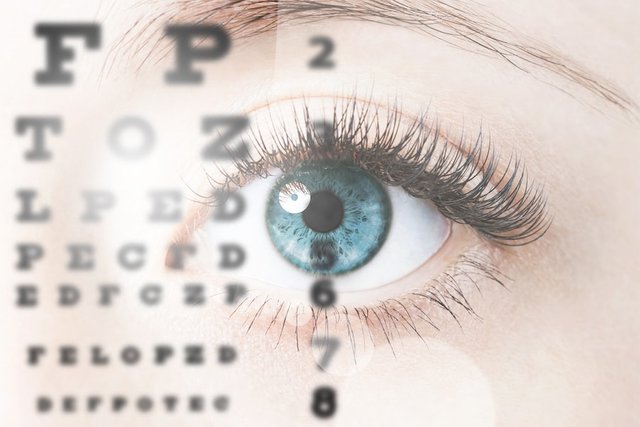
Stress negatively affects our entire health. Excessive and prolonged stress can lead to depression, heart attacks, high blood pressure, and other serious conditions. But did you know that it can also affect your eyes? Yes, stress can have a variety of negative effects on vision.
Some of the diagnoses associated with visual impairment or discomfort in the eyes directly depend on stress and the state of the nervous system.
What is stress?
Stress is the body's response to external stimuli, such as stressors. Stress factors can be physical (like extreme situations on the road), mental (fears, family or professional problems), and social (conflicts, solitude).
At the same time, psychologists and physiologists distinguish two types of stress: good and bad. The first is called eustress. It is caused by positive stressors: a pleasant surprise, feelings of falling in love, etc. Bad stress is called distress, and it leads to health problems, including eye problems.
How stress leads to visual impairment
Your senses perceive information and some of it provokes stress. Information is more quickly processed and absorbed when you see something unpleasant.
The point is that a stressful situation triggers a fight-or-flight response. This is a condition in which the body is mobilized to eliminate a threat. It was first described by the psychophysiologist Walter Cannon. The doctor noticed that in moments of danger, there is a surge of adrenaline in the blood, which leads to increased breathing, dilated pupils, and tunnel vision.
The logic of that mechanism is simple: if you are in danger, then the pupil must be wider, so you can better perceive visual information and find a way to escape. This was useful when there was no artificial light yet. Nowadays, dilation of the pupil does not save our lives, but, on the contrary, leads to visual disturbances, like blurred images.
Tunnel vision syndrome is a loss of ability to see peripherally. Only images that fall on the central part of the retina are perceived. It’s if you are looking through a telescope. Typically, tunnel vision only appears under severe stress and is temporary.
Rapid breathing also has a detrimental effect on the eyes. People who are prone to panic attacks or anxiety probably know the term hyperventilation. This is a condition when the oxygen content in the body rises sharply (by 40-50%), and the carbon dioxide level falls. This imbalance leads to visual disturbances that look like flies and stars in front of the eyes.
The cases described are, most often, reactions to short-term stress. But an emotionally difficult environment can persist for days, weeks, or even months. Then eye twitching, dry mucous membranes, and migraines caused by increased eye pressure are added to visual disturbances.
All this, in turn, can provoke serious illnesses and a drop in visual acuity. In this case, you should consult your eye doctor and psychologist to resolve the problem comprehensively.
How to protect your eyesight from stress
Stressful situations are almost impossible to avoid. But their harmful influence can be reduced.
So, to prevent visual disturbances during stress, do the following:
Find a quiet and solitary place, take a comfortable position (sitting or lying).
Close your eyes. Relax. Without opening your eyes, move your eyes left and right, up and down. This will relax the eye muscles.
Then massage the bridge of the nose for 5-7 minutes.
Take a slow deep breath. Open your eyes.
These exercises will help you calm down and relieve eye strain. In general, try to worry as little as possible and not overstrain. Walk every day, sleep at least 8 hours, and remember to get enough rest between work tasks. And also try to monitor your diet so your body gets enough vitamins and minerals. This will help you cope with daily irritants.